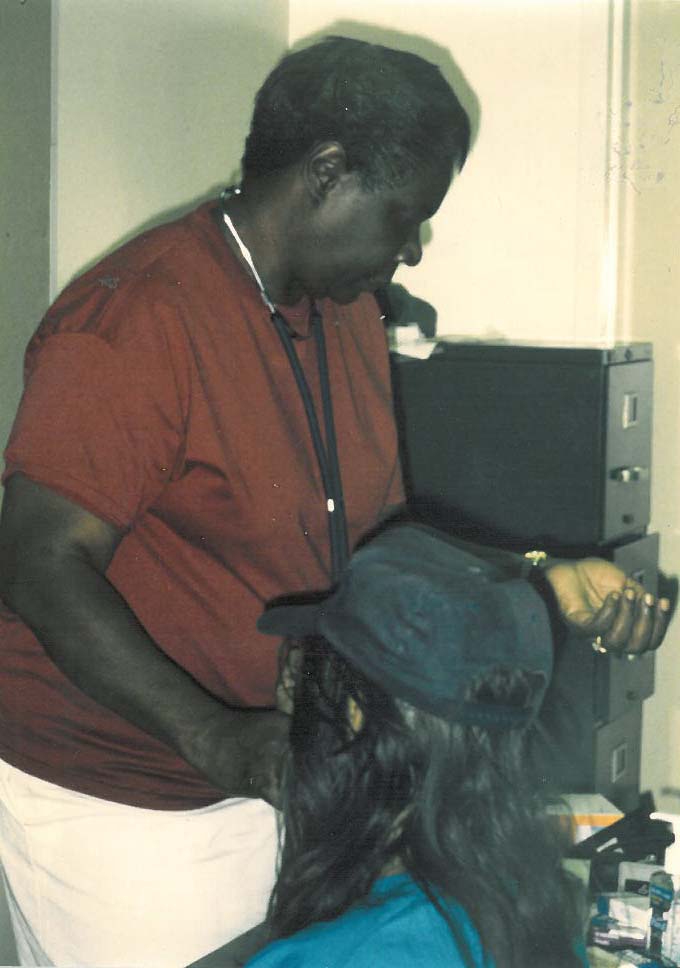Out of Reach and Out of Options
“Today, there is a shortage of 7.2 million affordable housing units for the nation’s more than 10 million extremely low-income families” - Julien Castro, Secretary of HUD, 2016
 Every year, the National Low Income Housing Coalition (NLIHC) publishes a data driven report on housing issues across the country. Out of Reach continues to find that as fewer individuals have the opportunity and means to become homeowners while at the same time the rental market becomes increasingly difficult for lower income renters. There is a significant lack of rental housing with and rent continues to rise. These factors are both as a result of huge demand for rental housing since the housing bubble burst as well as an inability for many to afford the rent.
Every year, the National Low Income Housing Coalition (NLIHC) publishes a data driven report on housing issues across the country. Out of Reach continues to find that as fewer individuals have the opportunity and means to become homeowners while at the same time the rental market becomes increasingly difficult for lower income renters. There is a significant lack of rental housing with and rent continues to rise. These factors are both as a result of huge demand for rental housing since the housing bubble burst as well as an inability for many to afford the rent.
The competitive rental market, where income inequality continues to rise and continues to widen the gap-leaving low income households in a particularly vulnerable place, as middle and moderate income renters increasingly occupy units that were once accessible to low-income people (NLIHC.org).
The existing supply of affordable units is not sufficient for the population, and fewer affordable units are being built in response to budget cuts to many state and national affordable housing programs, rising costs of land acquisition, and increased material costs.
Couple that with the lack of availability of affordable units that are often times terribly maintained housing stock, especially in legacy cities like Cleveland-and the timeliness and scope of the affordability crisis becomes clear.
How is this crisis being measured in terms of data?
Out of Reach identified a measure called the Housing Wage; or the approximate full-time wage an individual worker must earn in order to be able to afford a decent rental unit, by HUD standards, while spending no more than 30% of their earned income on housing costs (NLIHC.org).
“In 2016, the national Housing Wage is $20.30 for a two-bedroom rental unit and $16.35 for a one-bedroom rental unit” –Out of Reach, 2016
What does this mean in Cuyahoga County?
As of 2016, Cuyahoga County has over 212,936 renters, which translates to 40% of the population compared to 33% in the rest of the state. The Housing Wage for a two-bedroom rental unit in Cuyahoga County is $14.87 and $11.81 for a one-bedroom rental unit, compared to $14.45 and $11.18 respectively, in the rest of Ohio. This means a Mom would have to find a job at over $14 per hour full time in order to afford an apartment for herself and her child or she would have to find two full time jobs at minimum wage to live in an apartment in Cuyahoga County. She would be working 80 hours on her two jobs and would have 88 hours to sleep and be with her child the rest of the week. This is not healthy for anyone.
The Fair Market Rent in Cuyahoga County for a two-bedroom unit is $773 and $614 for a one-bedroom unit. This means that in order to pay no more than 30% of your income towards housing and be able to afford to live in a fair market rent unit, or FMR, you must make $30,920 annually for a two-bedroom unit and $24,560 annually for a one-bedroom unit. This translates to working 73 hours a week at minimum wage for a two-bedroom unit at FMR or 58 hours a week at minimum wage for a FMR one-bedroom unit in Cuyahoga County.
At the mean renter wage, a renter must work 42 hours a week in Cuyahoga County in order to afford a FMR two-bedroom unit and 34 hours a week for a one-bedroom unit. There are approximately 55,000 people in Cuyahoga County who need some form of subsidy in order to afford rent.
*Note: the number of hours a person must make a minimum wage to afford a typical FMR one or two-bedroom unit is larger than the amount of hours that must be worked in terms of renter wage and thus is a more accurate measure for low-income and very low-income individuals.
Solutions?
Although the fight for a living wage is a good start, as the NLIHC suggests, this change alone will not be enough to mitigate the affordable housing crisis we are facing.
We must invest in affordable housing programs, and ensure that the policies and programs that are in place to protect low-income individuals-especially extremely low-income individuals and very low-income individuals are protected (like the national Housing Trust Fund), as we strive to eliminate the 7.2 million affordable unit gap that we currently face as a nation. Locally, we hope to develop a local affordable housing trust fund to match the National Trust. The recently funded National Housing Trust Fund needs to be fairly distributed in Ohio to serve the areas with the highest concentration of poverty (like Cleveland).
To read the full report and learn more about other counties in Ohio, you can follow this link.
by Katy Carpenter
Posts reflect the opinion of those who sign the entry.
